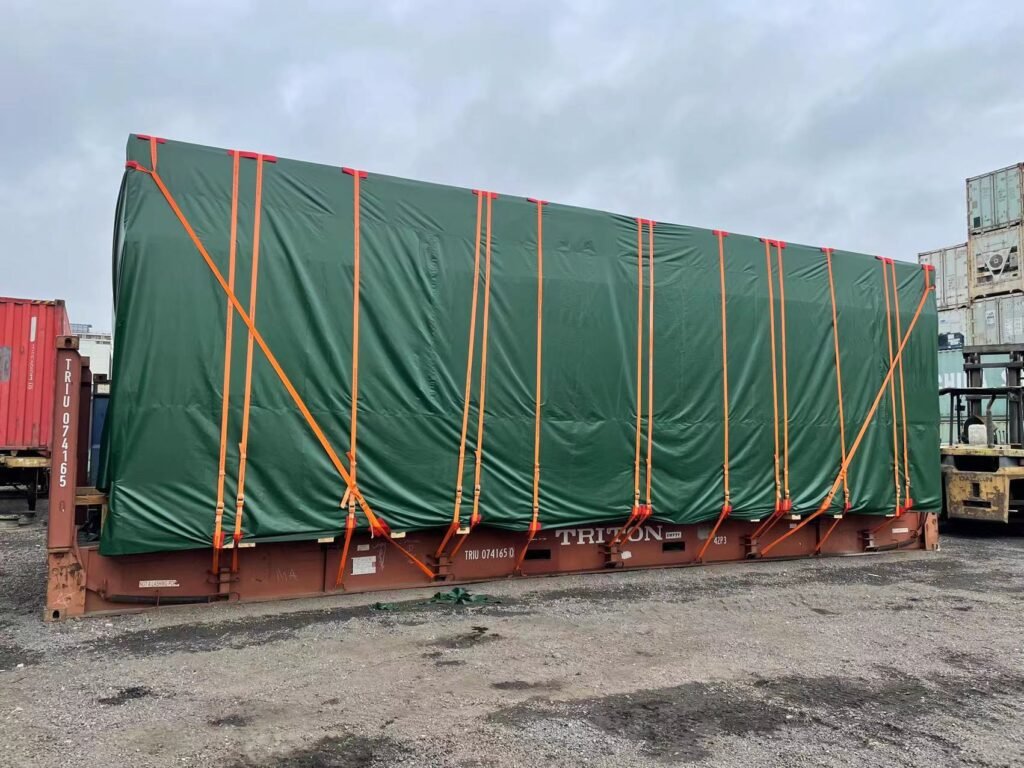
With the continued globalization and deepening of Sino-US trade, the demand for cross-border transportation of large molds in the manufacturing industry is growing. Due to the large size and weight of molds, the transportation process is relatively complex, involving multiple steps: measurement and evaluation, planning, packaging, transportation, customs clearance, warehousing, and final delivery. The following is a complete analysis of the transportation process:
1. On-site Measurement and Evaluation
Before shipping, the molds must be measured on-site to record information such as dimensions, weight, and material*. These parameters directly influence the shipping method, packaging plan, and customs declaration document preparation. Based on customer needs, the logistics team will develop a customized packaging design and shipping plan.
2. Developing a Transportation Plan
After mold manufacturing is completed, the logistics company will develop a detailed transportation plan, including:
Transportation method selection** (sea, air, or multimodal transport)
Transportation route design** (direct or transit)
Service provider matching** (shipping company, airline, or land carrier)
The core goal of this stage is to achieve a balance between safety, timeliness, and cost. 3. Choosing a Transportation Method
Sea freight: The preferred method for transporting large molds, offering high capacity and low costs. Containers (TEU or open-top container) are typically used.
Air freight: Suitable for molds with tight deadlines and high value, but can be costly and subject to weight and size restrictions.
Intermodal transport: Combining sea, air, and land transport improves flexibility and timeliness.
4. China Export Customs Clearance
During the export process, the following documents must be prepared and submitted:
Commercial invoice
Packing list
Trade contract
Customs declaration letter
China Customs will inspect the molds and confirm that they meet export requirements before releasing them.
5. US Import Customs Clearance
Upon arrival at a US port, the molds must complete the import customs clearance process:
Submit commercial documents and shipping documents to customs
Accept customs inspection
Pay relevant duties, VAT, and miscellaneous fees
Compliance with import customs clearance directly impacts delivery timelines, so it must be fully managed by a qualified customs broker or logistics company. 6. Warehousing and Distribution
After customs clearance, the molds will be transferred to a warehouse for short-term storage and distribution. Depending on customer needs, the warehouse can provide:
Unpacking and inspection
Repackaging or reinforcement
Labeling and sorting
To ensure the molds are in optimal condition before final delivery.
7. Final Delivery
In the final stage, the molds are delivered to the customer’s designated location by truck or rail**. During delivery, the logistics service provider must:
Ensure the molds arrive intact
Provide necessary unloading, installation, or technical support
Complete delivery confirmation and after-sales service
Transporting large molds from China to the United States is a complex cross-border logistics service with numerous interlinked processes. Scientific measurement and assessment, optimized transportation plans, secure customs clearance, and efficient warehousing and delivery ensure that the molds arrive safely, on time, and intact.
